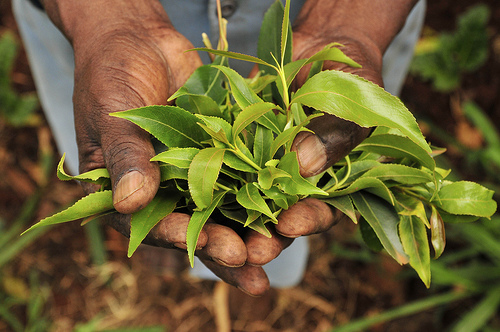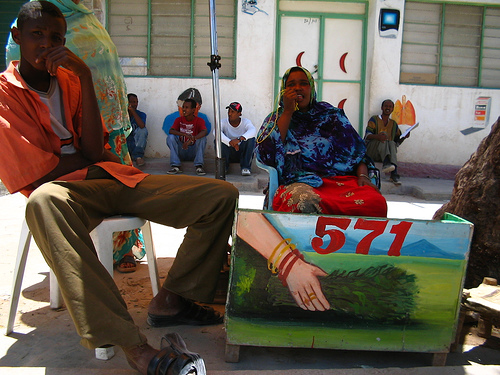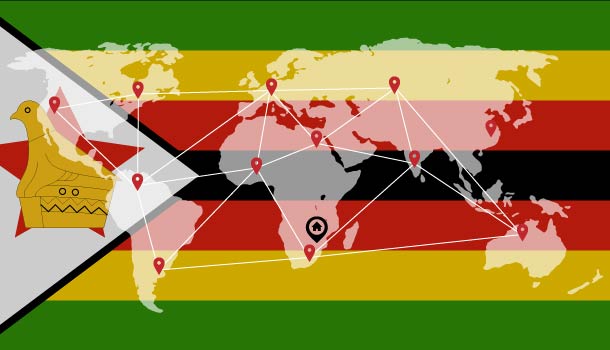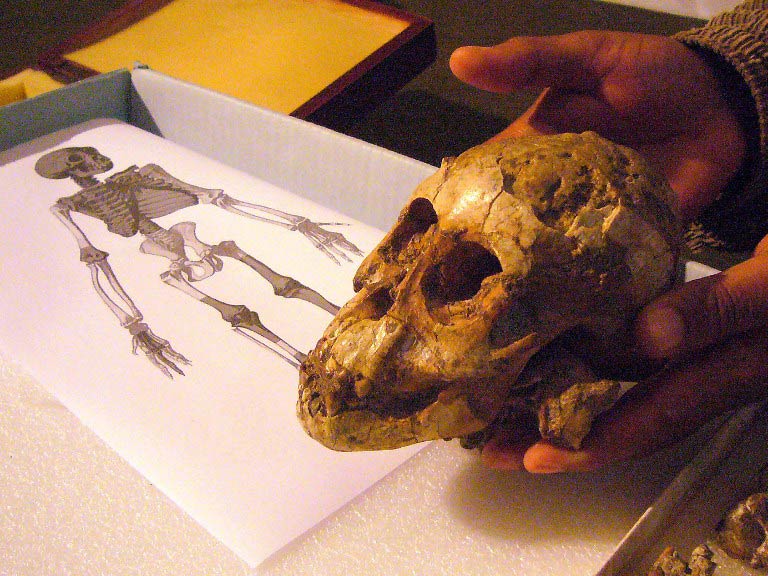A gay couple in Zambia has been arrested after police were tipped off about their relationship by one of the men’s relatives, local media reported.
The crackdown comes weeks after a human rights activist was detained for publicly demanding that same sex relations be decriminalised.
James Mwape (20) and Philip Mubiana (21), from the northern town of Kapiri Mposhi, are understood to have been living together for some time, according to Zambia News and Information Services (Zanis).
Standwell Lungu, police chief in Zambia’s central province, was quoted as saying: “The two have been charged with the offence of sodomy or having sex against the order of nature contrary to the laws of Zambia.
“The relatives are the ones that reported the matter to the police.”
Police claimed that Mubiana played the role of “wife” in the relationship and had been seen dressed in women’s clothes. The case mirrors that of a gay couple in Malawi who in 2009 were jailed and ridiculed before receiving a presidential pardon.
On Tuesday, Zanis reported that the men had been rearrested and denied bail after “they were found in the act again” and would face further charges.
Lungu said medical tests proved that the men had sex. “We have revoked police bond and rearrested the two men for again engaging in the act which they were arrested on in the first place. They will remain in custody until they appear in court … We have given them more counts.”
The couple are due to appear in court on Wednesday.
Last month, activist Paul Kasonkomona was arrested minutes after a live TV appearance in which he said homosexuality should no longer be outlawed.

In a recent interview with the Guardian, Zambian Vice-President Guy Scott defended the police action. “The problem with this guy going on television was that we had to do something because if we had done absolutely nothing we would have got a bollocking from all these evangelical churches plus damn idiots,” he said. “On the other hand, we didn’t want to give him a particularly hard ride.”
Scott made clear that gay rights is not a priority in Zambia. “I think you’ve got so much cleaning up to do of killings and defilements and this and that, it’s almost self indulgent to think, ‘Well, why don’t we sit here and talk about gay rights?'”
But Scott’s claim that Zambia has a policy of “live and let live” appears to have been challenged by the latest arrests. It was also contradicted by Chishimba Kambwili, the youth and sport minister, who recently told a radio programme: “We don’t want Zambia’s children to be taught any vice. We will not tolerate homosexuality. Those who want to promote homosexuality in Zambia are wasting their time. If anything, we are planning to stiffen laws against homosexuality.”
Homosexuality is illegal in 37 African countries. In Zambia 98% of the population disapprove of homosexual behaviour, according to a 2010 survey, and newspaper headlines such as “cage homos” are commonplace.
David Smith for the Guardian Africa Network.




